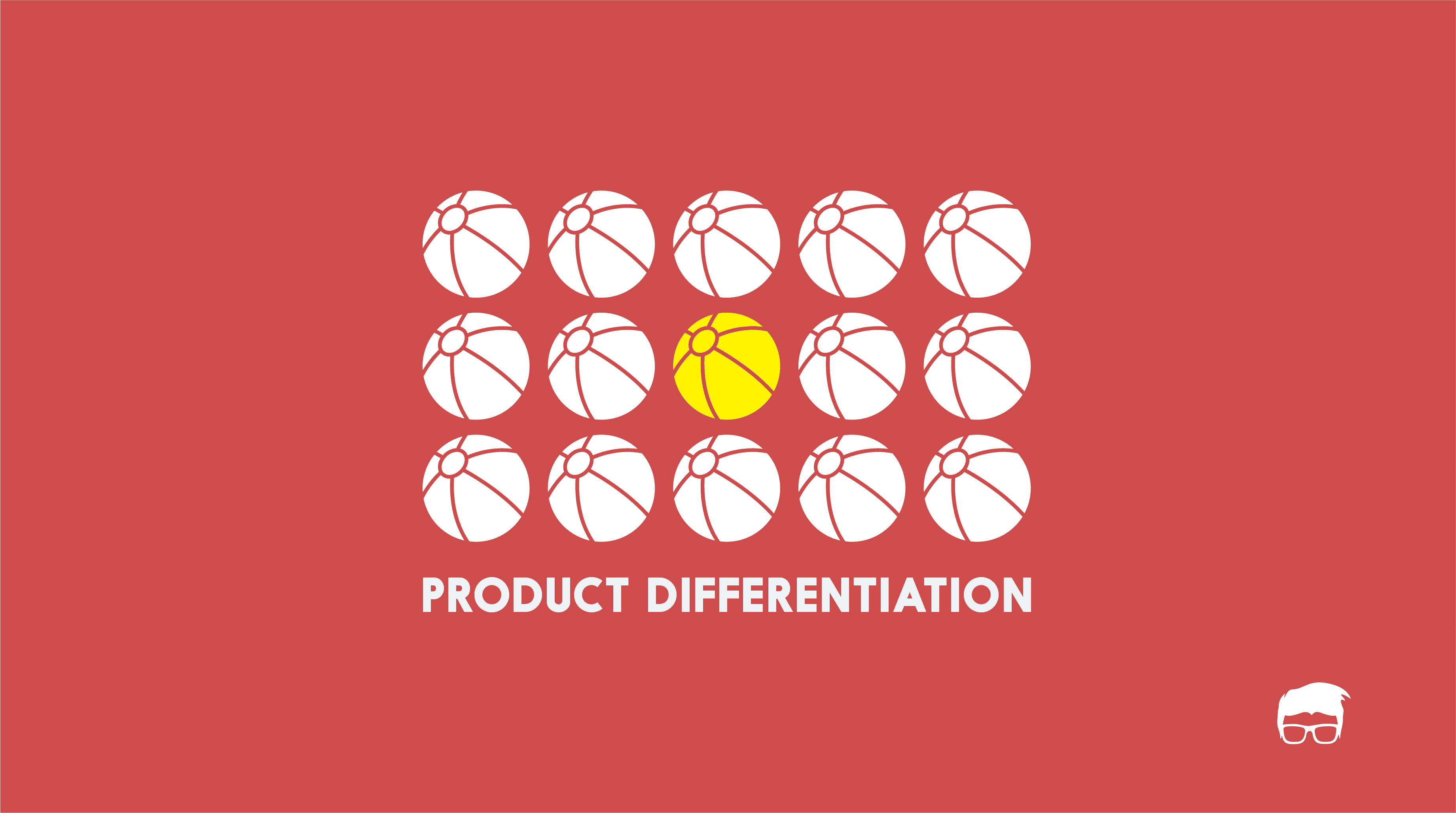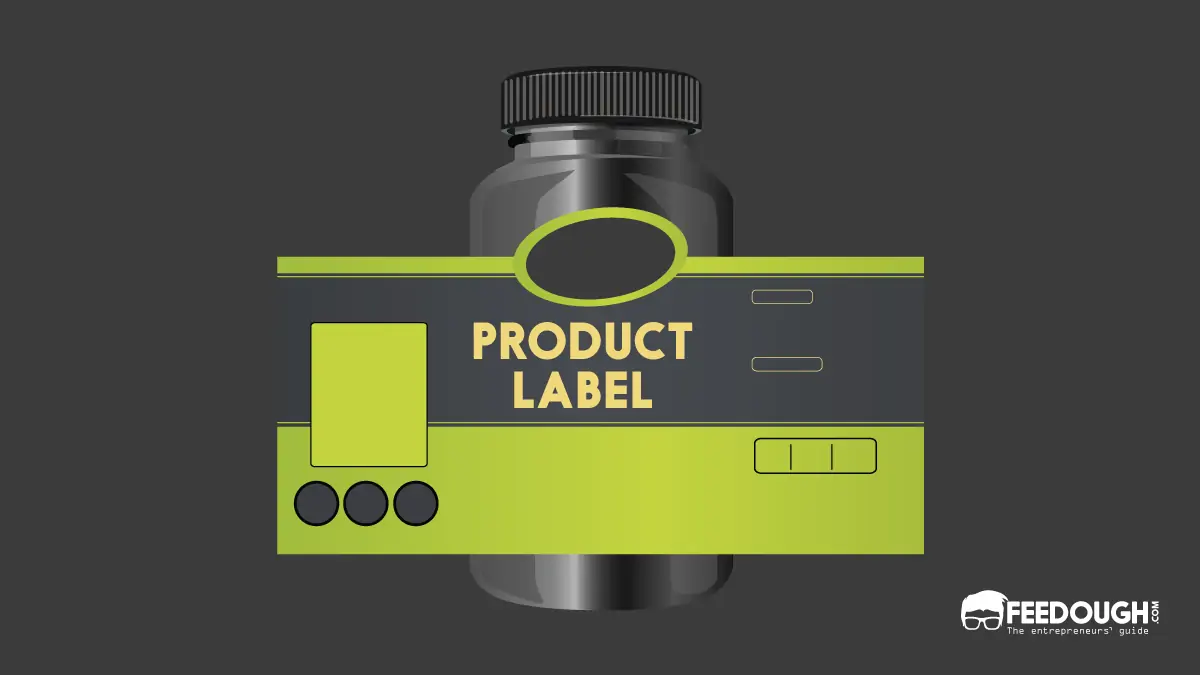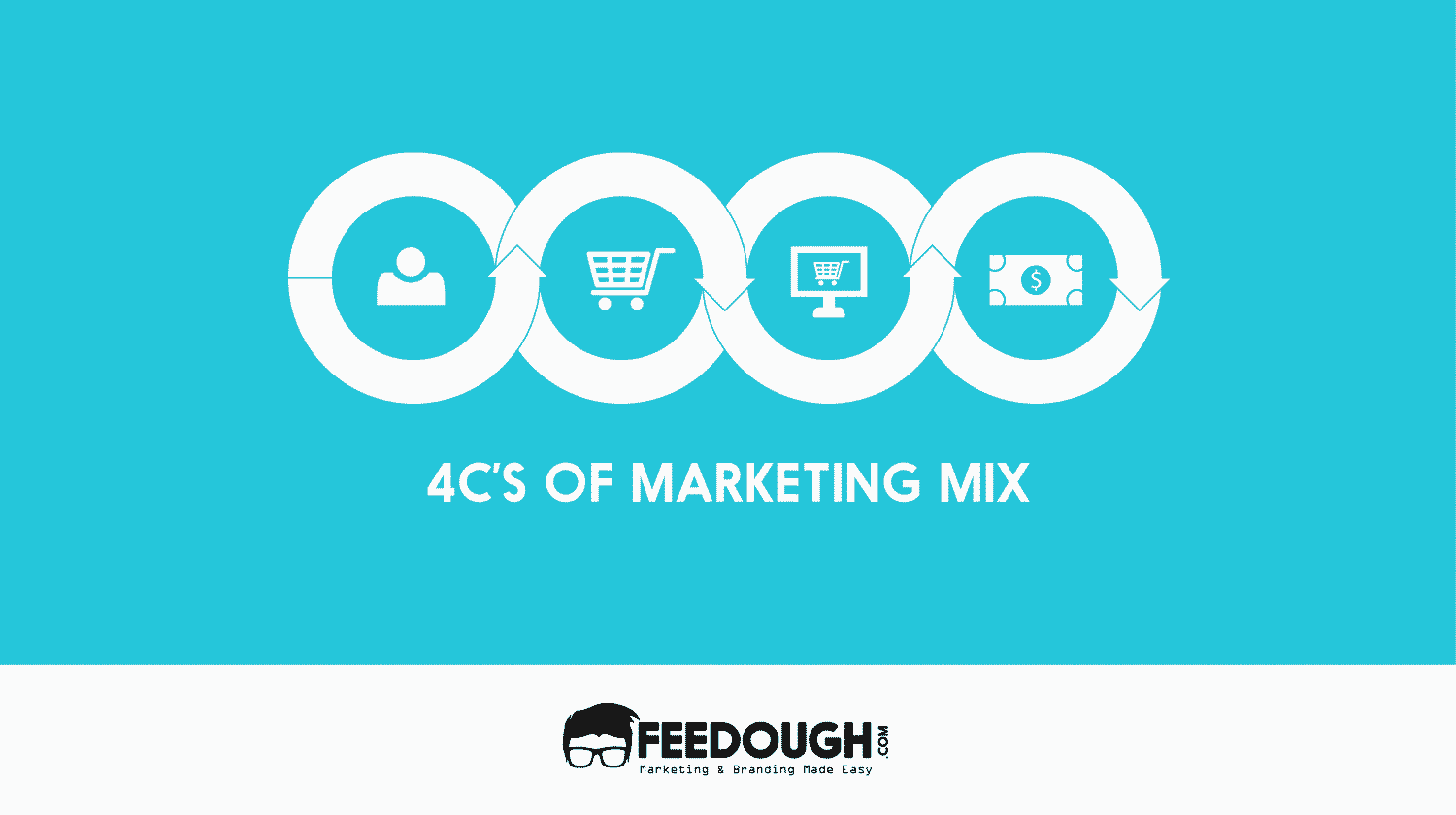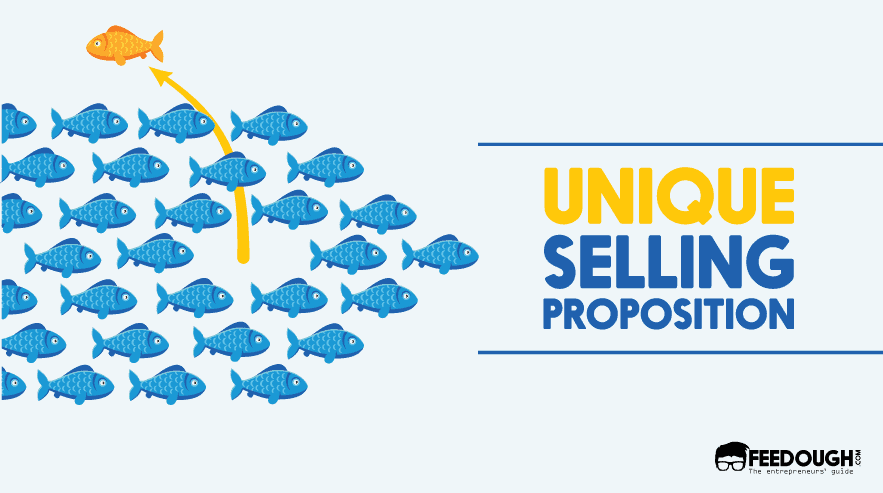The markets are noisier and more crowded than ever, and customers are overwhelmed with too many choices. That is why standing out from the competition has become imperative for businesses with a long-term vision.
There are two ways a business can set themselves apart from the other players in the market: through cost leadership or through product differentiation. While cost leadership attracts more price-conscious customers, product differentiation is a great technique to enforce brand positioning and word of mouth marketing strategies and get more loyal customers.
What Is Product Differentiation?
Product differentiation (or just differentiation) is a marketing process of differentiating an offering (product or service) from others in the market to make it more appealing to the target audience.
It involves defining the offering’s unique position in the market by explaining the unique benefit it provides to the target group. This may also be referred to pinpointing a unique selling proposition of the product to make it stand out from the crowd.
Why Is Product Differentiation Important?
The increased competition has divided the demand among different players in the market. This has made it very important for businesses to make their customers understand what different they have to offer.
Besides making the product survive in the market, product differentiation is important for the following reasons:
- Product differentiation translates the product attributes into benefits.
- It answers the biggest question of the customers – ‘What’s in for me?’.
- It gives the customers a reason to purchase the brand’s product and repeat the purchase.
- It increases the recall value of the product.
- It increases brand loyalty and builds brand equity.
- Attribute-based differentiation is important for the brand to defend their price from levelling down to the bottom part of the price spectrum.
Product Differentiation Types & Factors
Differentiation depends on customer perception. It’s not how the brand sees its product, it is how the customer recognises the product. There are three types of product differentiation:
- Horizontal differentiation: Distinctions in products that cannot be evaluated in terms of quality. E.g.: Mineral water brands.
- Vertical differentiation: Distinctions in products that can be evaluated in terms of quality. It’s a case where it is possible to say that one good is better than the other.
- Simple (or Mixed) differentiation: Differentiation based on numerous characteristics.
A product can be differentiated based on:
- Price: The price is the most common determinant of which target group will be attracted to a brand’s product. It separates a premium product from economical products. Example: Zara’s products are considered premium products.
- Features: Features like size, shape, ingredients, origin, etc. differentiate products in the same price spectrum. They also help the brand to back their high pricing decisions.
- Performance & Quality: A good quality product always stands out from standard quality products. Example: Duracell lasts 10 times longer than ordinary batteries.
- Reliability: Some products are known to be more reliable than others. That is, there is a less probability of them malfunctioning or failing within the given time period.
- Looks: Looks play a very important role in differentiating the product especially in the case of apparels and other luxury products.
- Channels of Distribution: Channels of distribution also plays a vital role in differentiating a product from the competition. For example, Amway uses a selective distribution strategy to position itself as a quality brand.
- Complexity: The level of complexity of usage of a product plays a very important factor in differentiating products, especially in the technology industry.
- Location: Manufacturer’s location, brand’s home country, and retailers’ location play an important role in differentiating a product from its competitors.
- Marketing efforts: Marketing efforts give rise to the brand image which is a decent product differentiator. Other marketing efforts like sales promotion act as an add-on to differentiation strategy.
- After-sale services: Good after sale services make the customers have faith in the brand and make them differentiate it from others.
Services as offering add many more factors of differentiation. These are ease of ordering, delivery (on time or before time), experience, company-customer relationship, personalization, etc.
Product Differentiation Examples
A person doesn’t need to travel to places to witness examples of product differentiation. Product differentiation can be witnessed in grocery stores, TV advertisements, and even when you choose Facebook over Google+.
Examples of Simple Product Differentiation
- Choosing an iPhone over an Android as the customer considers iPhone to be a status symbol and believes that it has an easier interface as compared to Android.
- Choosing a Tag Heuer watch over Titan as the customer prefers a Swiss watchmaker. Plus, he believes that Tag Heuer is a better brand than Titan.
- Choosing to order a product on Amazon than to visit Walmart as the customer doesn’t want to leave his house.
Examples of Horizontal Product Differentiation
- Choosing between different mineral water brands. The customer doesn’t know the real difference but chooses one anyway.
- Two ice-cream stalls selling similar ice-creams, but the customer chooses the one closer to them because s/he is indifferent between them.
Examples of Vertical Product Differentiation
- Intel i3 and Intel i5. The customer clearly knows the difference between the two and chooses one according to his preference.
- Choosing Duracell over other batteries because the customer believes that it lasts longer.
Advantages Of Product Differentiation
Besides being an imperative for survival in the competitive market, product differentiation has the following advantages:
- Creates Value: Product differentiation gives a reason to the customers to choose the brand over others.
- Helps in defending high prices: It helps the companies to give a reason why they charge a high price for their product.
- Helps in non-price competition: It allows the companies to compete in areas other than price.
- Creates brand loyalty: A successful differentiation strategy creates brand loyalty among the customers.
- Creates a perception of no close substitutes: A successful product differentiation strategy may create a perception among the customers that there isn’t any substitute available in the market.
Disadvantages Of Product Differentiation
- Added pressure on the manufacturers: Product differentiation adds a substantial amount of pressure on the manufacturers to decide which attribute could turn out to be the USP for that product.
- Can increase prices: Sometimes, differentiating a product adds to the production and marketing costs which can be transferred to the end-users.
- Increased Revenue Not Guaranteed: Product differentiation doesn’t guarantee more sales and more revenue as a business can even fail in predicting whether the customer would appreciate the USP or not.
Go On, Tell Us What You Think!
Did we miss something? Come on! Tell us what you think about our article on product differentiation in the comments section.
A startup consultant, digital marketer, traveller, and philomath. Aashish has worked with over 20 startups and successfully helped them ideate, raise money, and succeed. When not working, he can be found hiking, camping, and stargazing.









